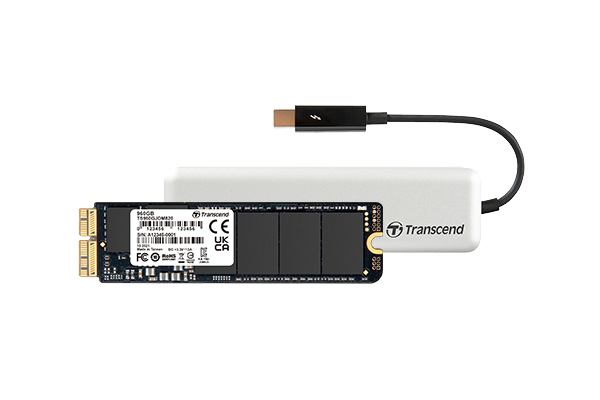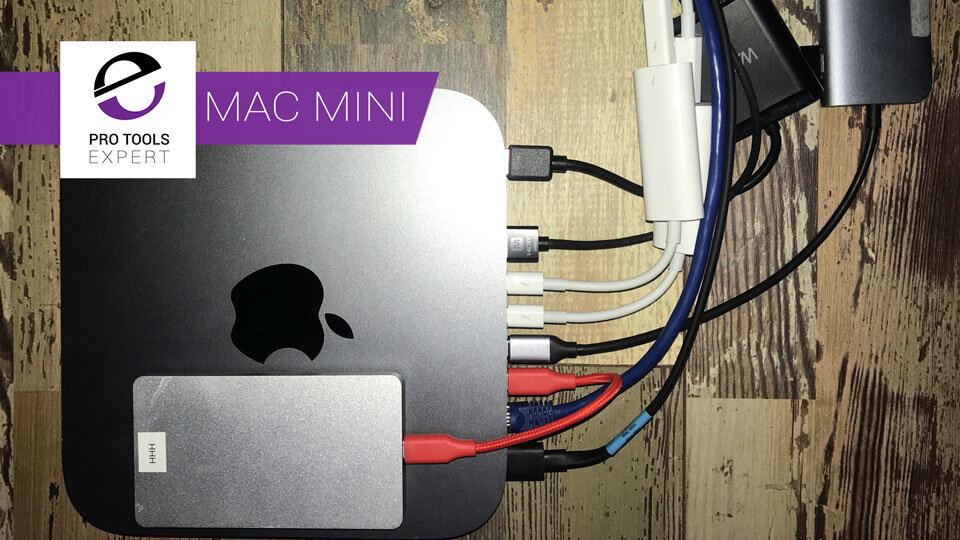
- #2013 mac mini hard drive replacement mac os x#
- #2013 mac mini hard drive replacement pro#
- #2013 mac mini hard drive replacement mac#
#2013 mac mini hard drive replacement mac#
If you have an iMac (Late 2015) or earlier, or a Mac mini (Late 2014) or earlier, you will also need this cable. You must also purchase an OWC Power Adapter - OWC.įor iMac (Late 2012) - iMac (2019) computers and Mac mini (Late 2012) - Mac mini (Late 2014) computers, an excellent choice for the external SSD is the LaCie Mobile SSD Secure USB-C Drive - Apple. Although this drive is also available in hard drives models, you must purchase a solid-state drive model.
#2013 mac mini hard drive replacement pro#
Since this is an older technology, your only choice now is the OWC Mercury On-The-Go Pro SSD - OWC. Mac desktop computers that use a standard hard drive and have at least a FireWire 800, USB 3.0, or Thunderbolt 3 port, and are compatible with OS X El Capitan or later, are compatible with this solution of using an external SSD as the startup disk for improved performance.įor iMac (Mid 2007) - iMac (Late 2011) computers and Mac mini (Early 2009) - Mac mini (Mid 2011) computers, for good performance, FireWire 800 should be used. To see how much storage you are currently using, go to the Apple menu () > About This Mac > Storage. will be moved to the external SSD, so it’s a good idea to get an external SSD with a large storage capacity. If you’ve decided this is the right path for you, it’s time to choose an external SSD.Īll your apps, files, photos, videos, etc.

It will make your Mac 10 to 40 times faster for storage, and in turn, make your entire Mac system much faster. Luckily, you can use an external SSD as your startup disk to run macOS and all your data from that. While this hard drive found in your Mac is perfectly suited to light tasks, such as email, web browsing, etc., for more advanced tasks, and for users who want the maximum performance from their Mac, this hard drive does have its limitations.
#2013 mac mini hard drive replacement mac os x#
When you hear the startup chime, hold down the "Option" key to boot from the thumb drive and begin reinstalling Mac OS X on your new hard drive.If you have an older Mac desktop computer with a standard hard drive, you can use an external SSD as your startup disk for improved performance. Push the drive back into position so that the mounting pins fit into the gaskets at the back of the drive bay, then reverse the steps to put your Mini back together.Ĭonnect your Mini, insert your bootable USB thumb drive and restart the computer. If you're replacing your drive with an SSD drive, you won't need the plastic cover. Replace the mounting pins on the side of the new drive, attach the connector and stick the plastic cover over the circuitry side of the drive. Pull the connector off the drive, remove the two mounting pins from the side of the drive using a Torx T8 screwdriver and peel the plastic cover from the drive. Pull the hard drive toward you and remove it from the case. Remove the logic board removal tool, push down the clips at the far right and left above the input/output port section and pull the internals toward you about one-half inch.

Pull the tool back towards you until the internals of the Mini separate slightly from the case.

Insert the logic board removal tool into the two holes provided for it just above the heat sink and gently push the tool down until you feel its prongs contact the top of the case. Remove the two screws from the logic board using the Torx T6 and remove the screw from the case below the logic board using the 2mm hex screwdriver. Gently pull the antenna away from the outside of the Mini case until you can access its cable, then either leave it connected or use a spudger to remove the connector from the wireless board. Remove the four screws around the antenna, using a Torx T8 for the two larger screws and a 2mm hex screwdriver for the two smaller screws. The IR connector is located at the upper-right corner of the logic board, immediately below the hard drive and to the left of the RAM modules. The hard drive connector looks like a black tab near the lower-left corner of the hard drive.

Remove the hard drive connector and IR cable connector from the logic board using the spudger. Remove the screw attaching the cowling at the bottom left using the Torx T6 screwdriver, then lift the top of the cowling and rotate it until you can remove the cowling entirely. Remove the two fan screws using a Torx T6 screwdriver, lift the fan out of the Mini and gently pull the fan cable connector from the logic board. Place the Mini upside down on the table or counter, oriented so the logos printed at the bottom of the case appear upright. The cover should be loose enough to remove easily. Rotate the cover counter-clockwise until the white dots on the cover and case align. Unplug all cables from your Mini, turn it upside down and hold it with both hands, placing your thumbs in the indentations in the circular bottom cover.


 0 kommentar(er)
0 kommentar(er)
